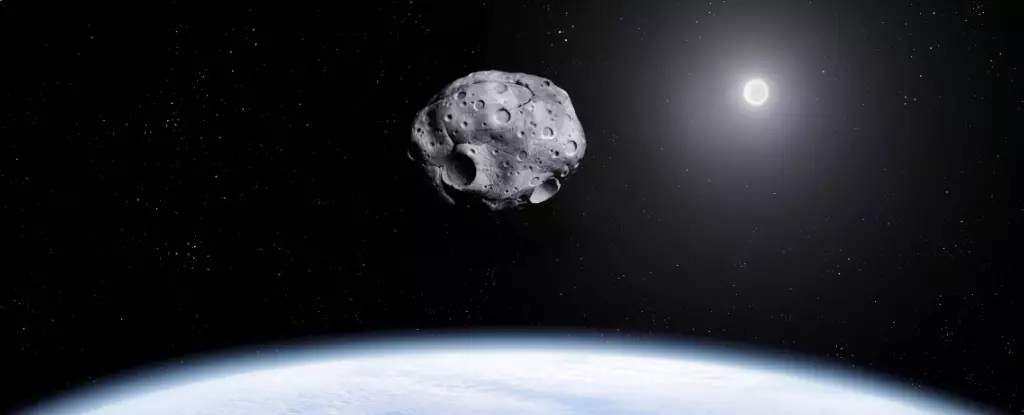Recent developments in astronomical observation have provided a significant sigh of relief as the likelihood of a football field-sized asteroid striking Earth in 2032 has plummeted to a mere 0.001 percent. This announcement from the European Space Agency (ESA) signifies a drastic improvement in our understanding of potential threats from space. Just days prior, the asteroid, designated 2024 YR4, made headlines for posing a considerably higher risk, with probabilities reaching up to 3.1 percent according to NASA and 2.8 percent via ESA assessments.
The rapid decline in this threat level underscores the advances in our astronomical monitoring capabilities. With global telescopes working in concert to refine observations, experts could narrow down the asteroid’s potential impact zone, effectively ruling out a catastrophic scenario. The updated risk assessment places the Torino Impact Hazard Scale at a reassuring zero, moving away from the previous level three out of ten.
Discovered in December, 2024 YR4 measures approximately 40-90 meters (130 to 300 feet) in width, a size that categorizes it as capable of catastrophic urban destruction. Although the initial impact date was anticipated for December 22, 2032, current predictions suggest it will instead glide harmlessly past our planet, posing no immediate threat. This remarkable shift highlights not only the importance of continuous surveillance but also the efficacy of our analytical frameworks in assessing such cosmic candidates.
Despite the plummeting probability of collision, the ESA emphasizes the importance of continued observation. The James Webb Space Telescope is set to monitor the asteroid over the next few months. Such undertakings embody the ethos of preparedness that has evolved within the scientific community, just in case a future celestial body does threaten Earth.
The significance of this past week is not solely in acknowledging the asteroid’s decreased threat but also in highlighting the strides made in planetary defense technology. NASA’s Double Asteroid Redirection Test (DART) mission serves as a prime example of our capacity to thwart potential asteroid collisions. The successful demonstration in 2022 of altering the trajectory of a harmless asteroid illustrates humanity’s growing capability to respond to cosmic threats proactively. This entails not just identifying objects in space but also devising concrete plans to mitigate any potential impact.
Richard Moissl, head of the ESA’s planetary defense office, characterized the recent monitoring activity as “a very exciting and educational exercise.” His acknowledgment of the need for improvement speaks volumes about the ongoing challenges in planetary defense. As the Vera Rubin and Flyeye telescopes near operational readiness, astronomers will gain enhanced tools to detect asteroids more rapidly. Additionally, Europe’s planned NEOMIR early warning mission promises further advancements in our predictive abilities.
A historical perspective highlights the recurrence of significant asteroid risks, such as the infamous Apophis, which in 2004 posed a fleeting 2.7 percent chance of collision with Earth in 2029. This past fear surrounding larger-than-average asteroids reiterates the necessity for constant vigilance. The collaborative efforts within the scientific community have proven instrumental in turning potential catastrophes into manageable scientific inquiries.
While the immediate threat of asteroid 2024 YR4 has been significantly downgraded, this event represents a critical learning experience for planetary defense systems. Armed with advanced technologies and a commitment to vigilance, humanity’s capacity to monitor and address cosmic collisions continues to grow. The universe remains a wild frontier filled with uncertainty, but our preparedness to tackle its challenges is progressively becoming more robust.

